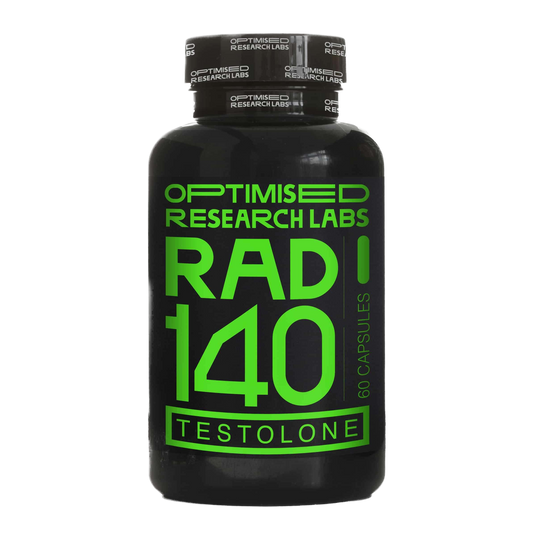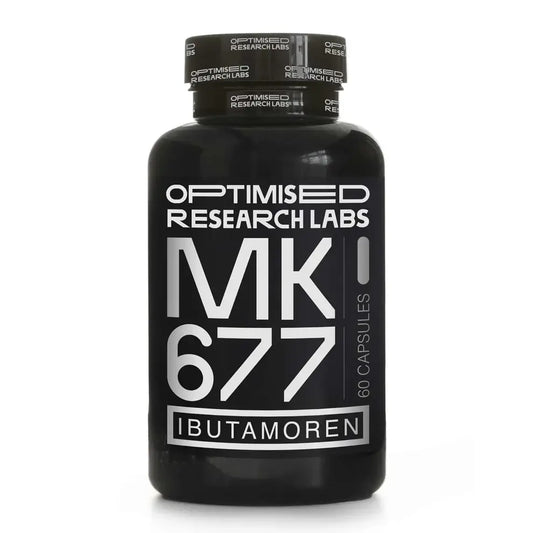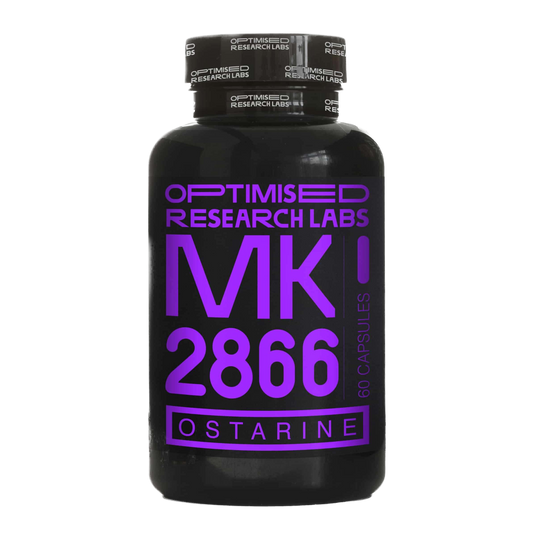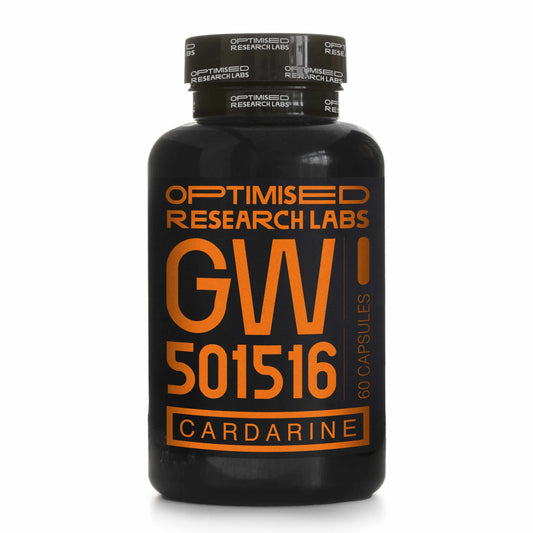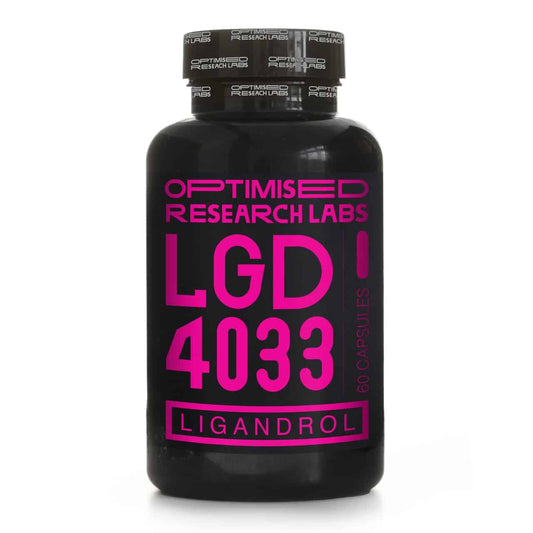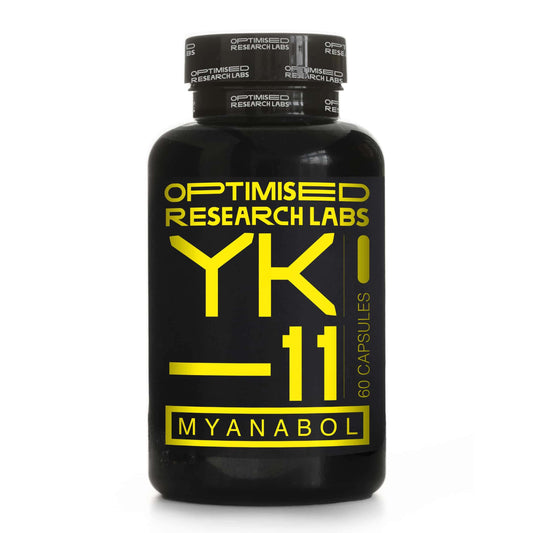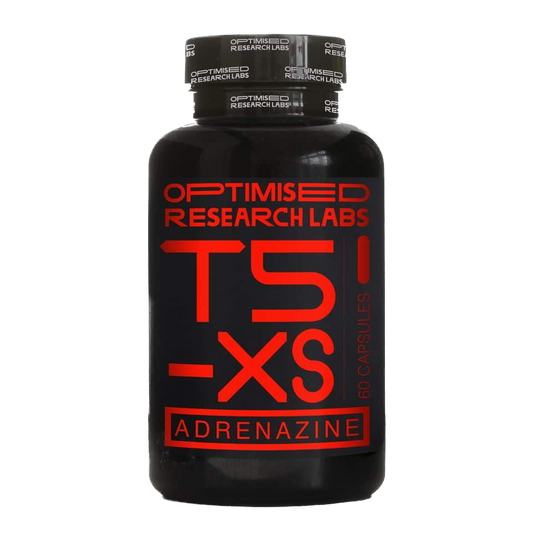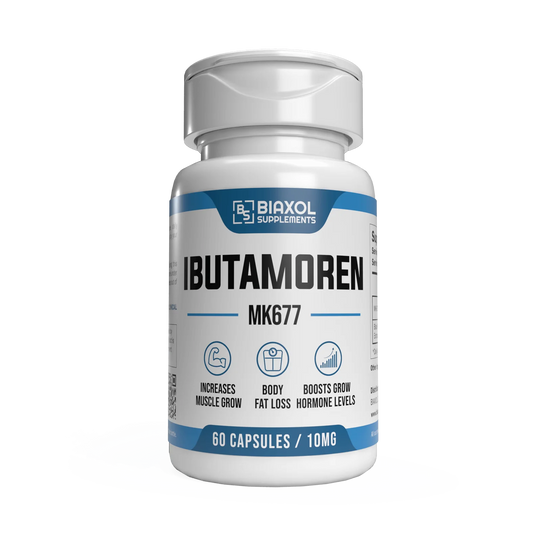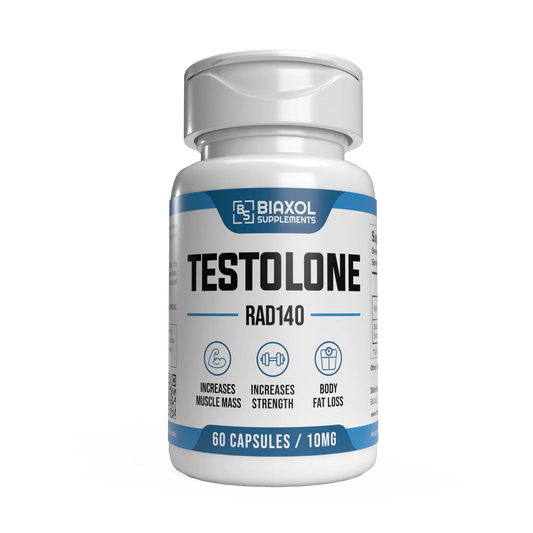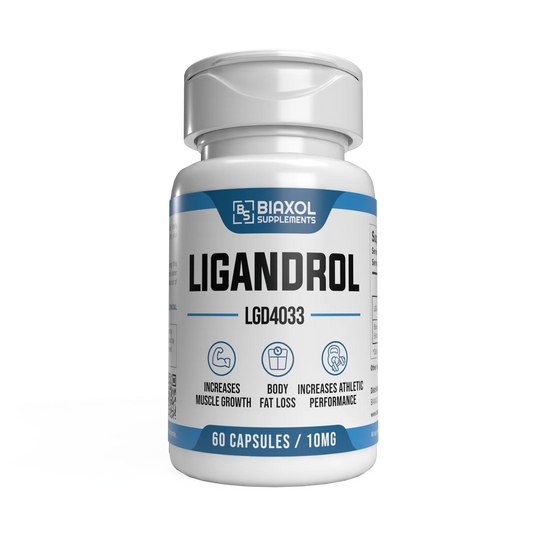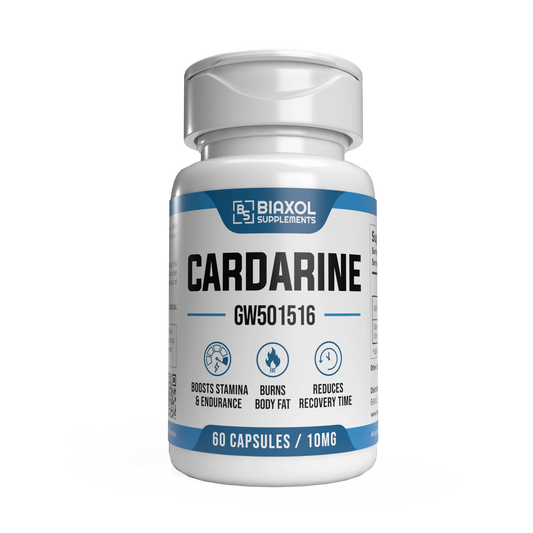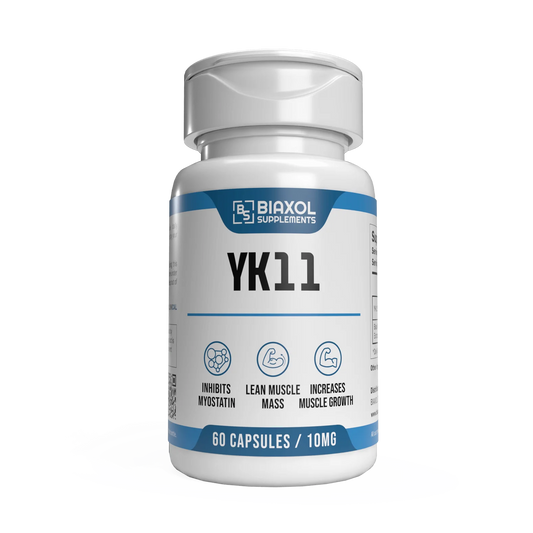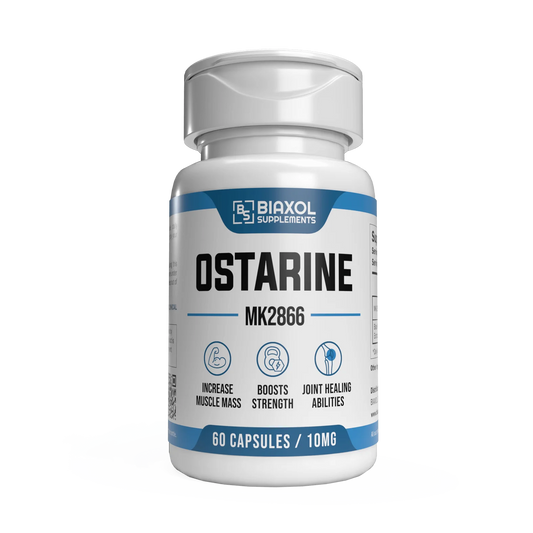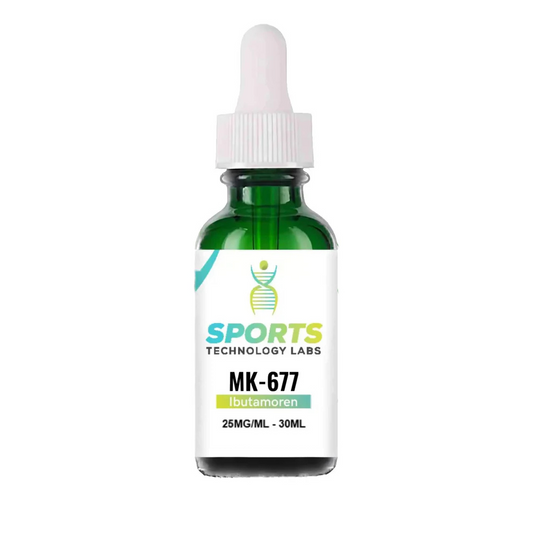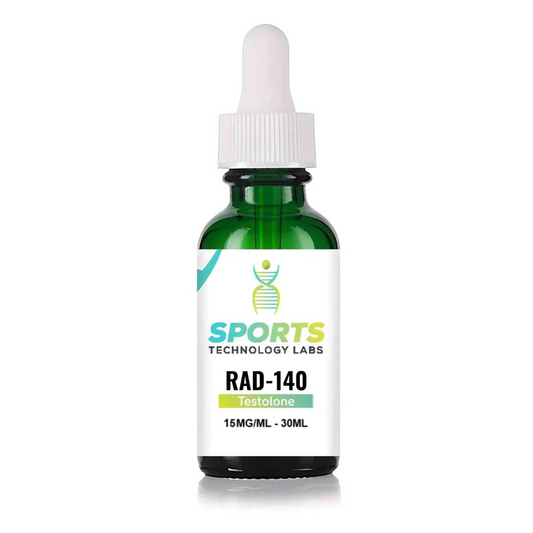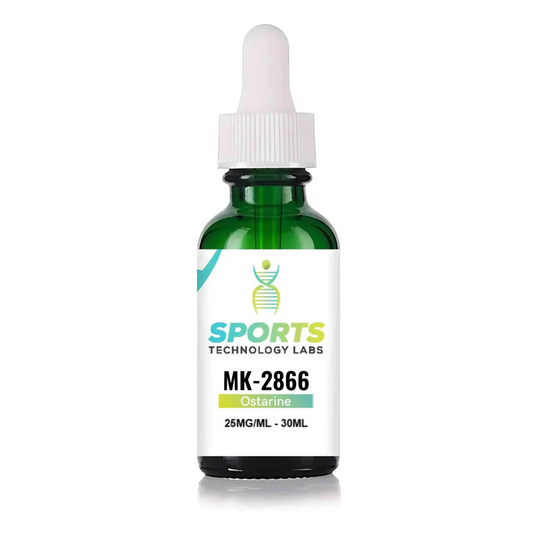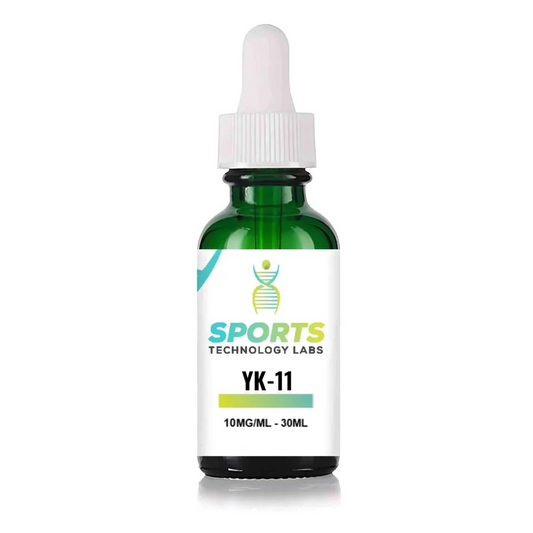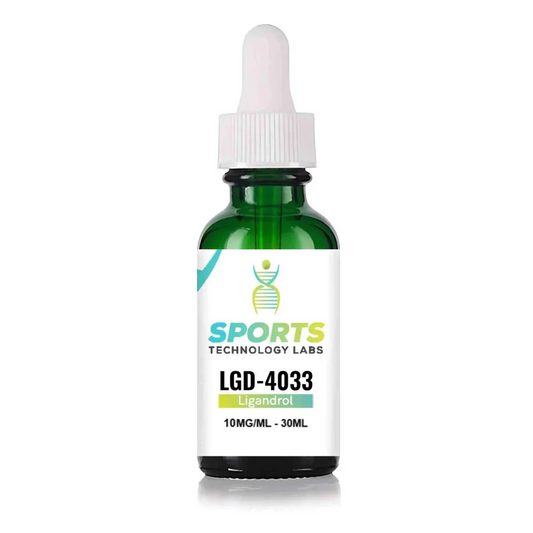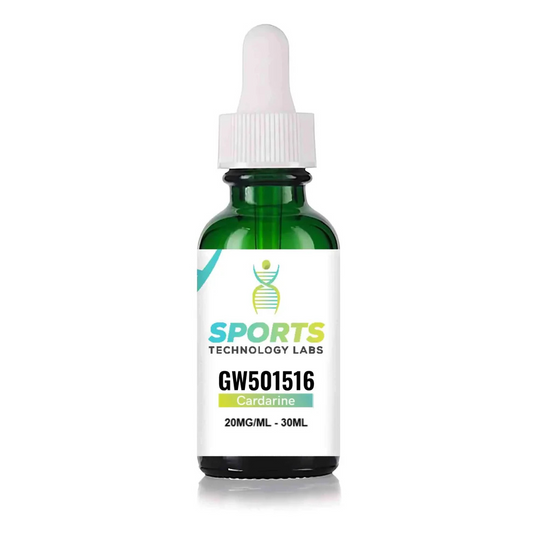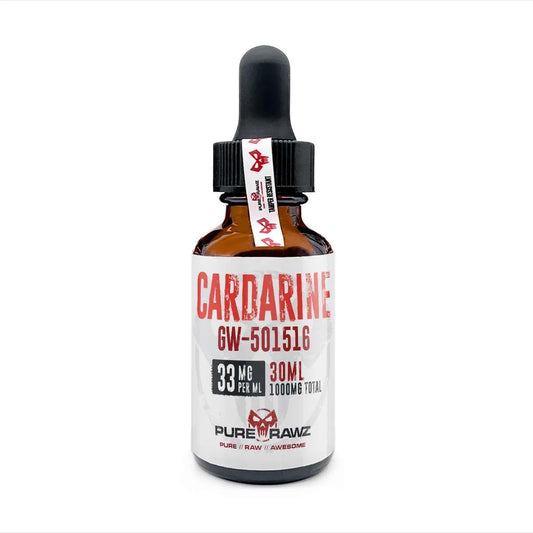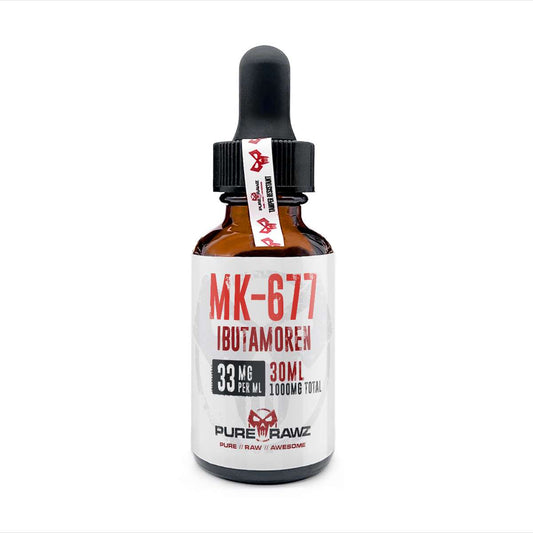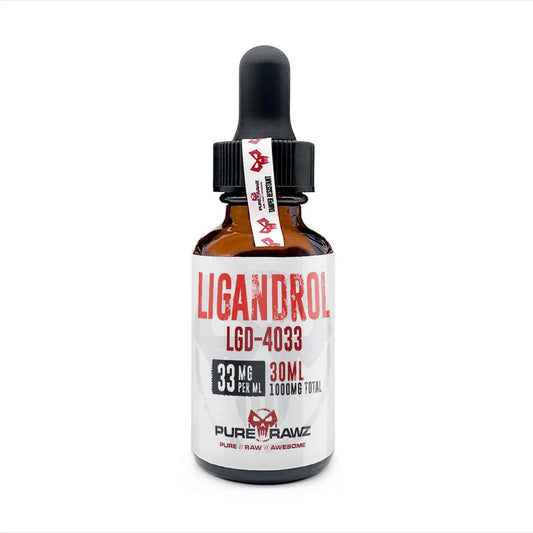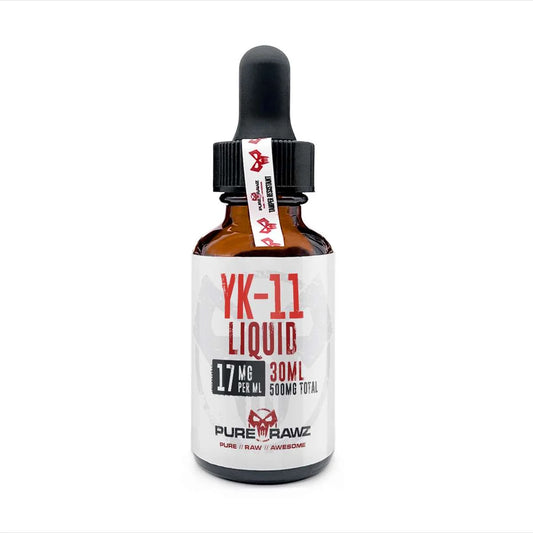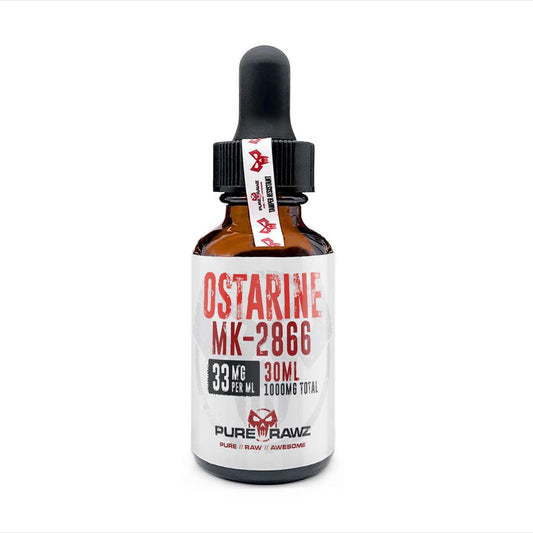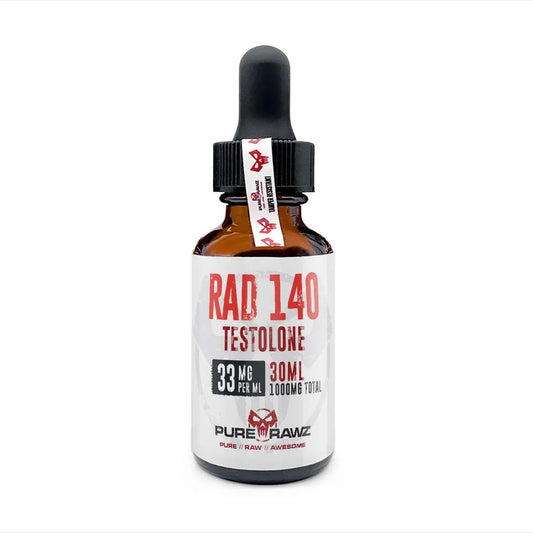Are SARMs Steroids: A Step Towards "Safe Steroids"

The beneficial properties of anabolic steroids have been utilized in research, sports medicine, and other fields (both legally and illegally) for years.
However, the numerous side effects of anabolic steroids have presented challenges that have left scientists searching for a viable solution. Gynecomastia (breast enlargement in men) is just one of the many unfortunate side effects of steroid treatment.
A new class of compounds, Selective Androgen Receptor Modulators (SARMs), has emerged from extensive research efforts. This class is often misunderstood, with many mistaking SARMs for steroids.
Excitement is growing around SARMs and their unique benefits, leading many to wonder if scientists have finally created a class of safer steroids. This article addresses the many variables surrounding this sentiment.
Read on to learn more about what SARMs are and how they differ from typical steroids.
Are SARMs Like Steroids?
The short answer is no; selective androgen receptor modulators (SARMs) are not steroids. SARMs are ligands that act selectively on androgen receptors (ARs), which is the primary distinction between SARMs and steroids.
SARMs produce anabolic effects by binding to androgen receptors with minimal androgenic effects, but they are not anabolic steroids.
Both SARMs and steroids increase muscle mass and bone density in clinical studies. However, while anabolic steroids increase androgenic effects and masculinisation, SARMs minimize these effects due to their selective action on androgen receptors. Steroids, in contrast, trigger amplified androgenic effects.
3 Differences between SARMs and Steroids
Steroids bind to all androgen receptors, whereas SARMs are specifically engineered to target androgen receptors involved in muscle and bone growth, while avoiding "off-target" receptors. This selective targeting enhances their positive effects and reduces negative side effects.
1. Interaction with Androgen Receptors
Steroids bind to all androgen receptors, whereas SARMs are designed to target only those receptors involved in muscle and bone growth, avoiding "off-target" receptors. This selective binding enhances the positive effects of SARMs while reducing negative side effects.
2. Side Effects
Research indicates that SARMs have fewer androgenic and estrogenic side effects compared to steroids due to their selective action on androgen receptors and their lack of conversion to estrogens.
In contrast, steroids bind to all androgen receptors, including those in the prostate, scalp, and breast, resulting in a range of adverse effects due to their non-selective action. These adverse effects include:
In MEN
- Hair loss
- Reduction in size of testicles
- Increase in size of prostate glands
- Breast enlargement (gynecomastia)
In WOMEN
- Acne
- Enlarged clitoris
- Deepening of voice
- Growth of body hair
Other Complications
- Blood clots
- Liver failure
- Heart attack
3. Legality
Anabolic steroids are classified as class III compounds in the U.S. and can only be used with a prescription. In the UK, they are classified as class C compounds and also require a prescription.
SARMs are approved solely as investigational compounds in the U.S. and are banned for all other purposes, including sports by the World Anti-Doping Agency (WADA).
The discussion around steroids vs. Selective Androgen Receptor Modulators (SARMs) must continue as awareness of SARMs grows. Ongoing research is helping to differentiate SARMs from steroids, reducing their stigma.
It's important to note that neither SARMs nor steroids are dietary supplements and should not be marketed as such. SARMs are not approved for human consumption and are considered research chemicals only.
SARMs should not be labeled as dietary supplements. These chemicals are banned by the National Collegiate Athletic Association (NCAA) and WADA. They are also included in Operation Supplement Safety. These chemicals are approved for research purposes only.
4 Potential Benefits of SARMs Researchers are Studying
Selective Androgen Receptor Modulators (SARMs) are currently under investigation and are generating significant interest within the global research community.
While the benefits of steroids are well-established, studies suggest that SARMs provide comparable advantages without the unwanted virilizing, feminizing, and other off-target effects. Researchers are currently investigating the following effects of SARMs:
- Increased muscle mass
- Enhanced bone density
- Improved fat reduction
- Increased strength gains
These potential benefits underscore the potential of SARMs for various therapeutic and performance-enhancing applications.
3 Pitfalls to Avoid When Purchasing SARMs
Researchers can legally acquire Selective Androgen Receptor Modulators (SARMs) for investigational purposes, as these are not intended for human consumption and are not classified as dietary supplements. However, caution is crucial due to the prevalence of illegitimate SARMs in the market.
A recent study published in the Journal of the American Medical Association found that approximately 50% of products sold as SARMs do not actually contain any SARMs as active ingredients. Here are three pitfalls to steer clear of when buying SARMs:
- Unverified Sources: Purchase SARMs only from reputable sources that provide transparent information about their products' purity and composition.
- Lack of Third-Party Testing: Ensure the supplier conducts third-party testing to verify the authenticity and quality of their SARM products.
- Misleading Marketing Claims: Avoid products with exaggerated claims or those marketed as dietary supplements, as genuine SARMs are strictly for research purposes and not for human consumption.
By being vigilant and informed, researchers can avoid these pitfalls and ensure they obtain legitimate SARMs for their studies


